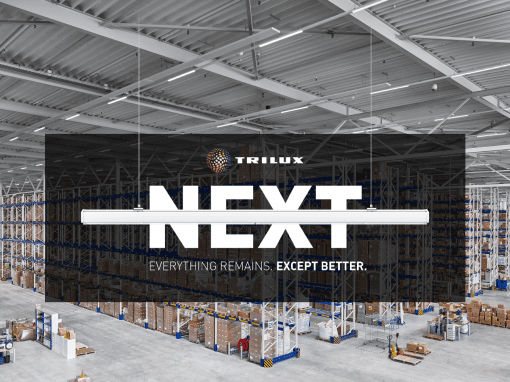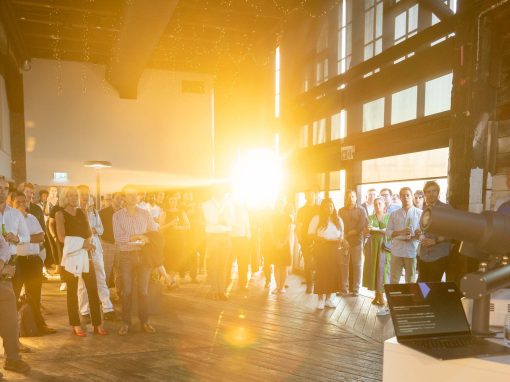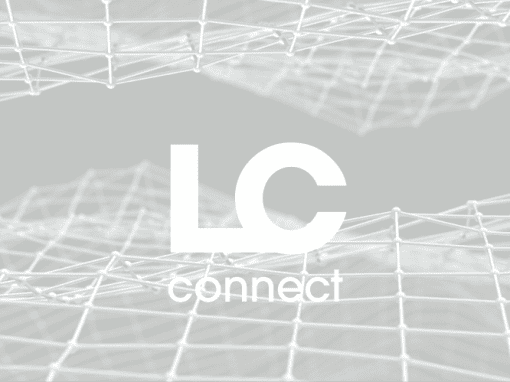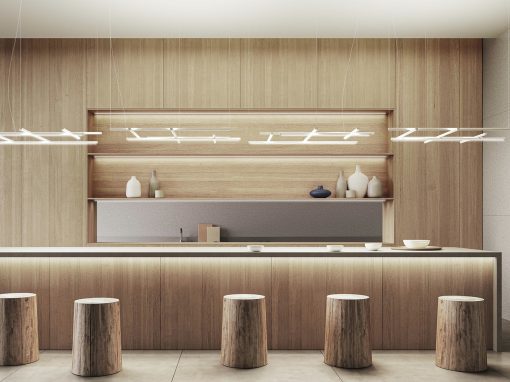As we look ahead to 2023, it’s exciting to see the new lighting design trends that are emerging in the world of interior and exterior architectural lighting. Here are a few of the top trends to keep an eye on:
SUSTAINABILITY
In 2023, we can expect to see a continued emphasis on sustainability in lighting design. This includes lighting solutions that are energy-efficient, made from using sustainable practices and materials, and have a minimal impact on wildlife. The lighting industry has traditionally been a significant consumer of energy, but with advancements in technology and a growing awareness of the importance of reducing our environmental footprint, we are seeing a shift towards more sustainable lighting solutions.
CONNECTED LIGHTING
The integration of smart technology into lighting systems is a trend that has been rapidly gaining momentum. With the rise of the Internet of Things (IoT), we will see more and more lighting systems that are connected to the internet and can be controlled and monitored remotely.
Some of the key benefits of this type of smart lighting are that it can significantly improve energy efficiency, while also enhancing the overall user experience. Smart Lighting Systems can be integrated with sensors and other environmental monitoring devices, meaning that dynamic and engaging lighting experiences can be created, such as with WTEC. Something as simple as the lights turning on before you enter the room and off after you leave, to adjusting the colour temperature of the luminaires to help increase awareness and motivation if you have a meeting scheduled in your calendar. Smart lighting systems have the potential to revolutionise the way we think about lighting and how we interact with it.
DYNAMIC LIGHTING
One of the most exciting trends in lighting design is the use of dynamic lighting. As we continue to discover how to best utilise our changing needs of a space, adaptable lighting fixtures are being increasingly popular. One way to achieve this is through the use of track lighting which has been making a comeback. Previously it had reputation for being dated and generic, but more flexible, slimmer designs along with advancements in LED lighting technology coupled with its adjustability are reinvigorating track lighting.
Very similar to track lighting, Zoom optics have been used for less specialised applications. Previously used for stage lighting and museums the adjustment of the beam angle and size of the light, is now being used in retail and residential projects where the layout of the space is likely to change.
Layering light is another way to create increase the flexibility of a space using light. This refers to the practice of using multiple layers of light in a space, each with a different purpose, to create a cohesive and balanced overall lighting scheme, while also allowing for different scenes to be created when the space is used for a specific purpose. For example, a cafe could use linear pendants during the day to foster open communication and engagement, and then at night use only indirect light from the pendant and table lamps to create an intimate environment.
HUMAN-CENTRIC DESIGN
Human-centric lighting design is an approach to lighting design that focuses on the well-being and comfort of the people who will be using the space. It takes into account factors such as circadian rhythm and the way different types of light affect the body and mind. With the advancement of technology, such as the introduction of Beyond Vision, lighting systems will likely become more sophisticated and customisable, allowing for even greater control over the lighting in a space to create the desired atmosphere and support the health and well-being of the people using the space.
One of the key benefits of human-centric lighting is the use of blue light. Although it has been portrayed as negative, blue light has been shown to have a positive effect on the body’s circadian rhythm and can help to regulate sleep patterns when used at the right time. It is also been shown to improve mood and cognitive performance.
Blue light can be found in natural light during the day, and it’s been found to help regulate the body’s production of melatonin, a hormone that helps control sleep and wake cycles. By mimicking the natural light of the day, blue light can help people feel more alert and awake during the day. This makes it a good choice for spaces such as offices, schools and hospitals where people need to be alert and focused.
Overall, 2023 promises to be an exciting year for lighting design, with a continued emphasis on energy efficiency, smart technology, and dynamic, interactive lighting.

BugSaver Technology is used to decrease the disturbance of nocturnal fauna and additional reduction of energy usage.
Learn More
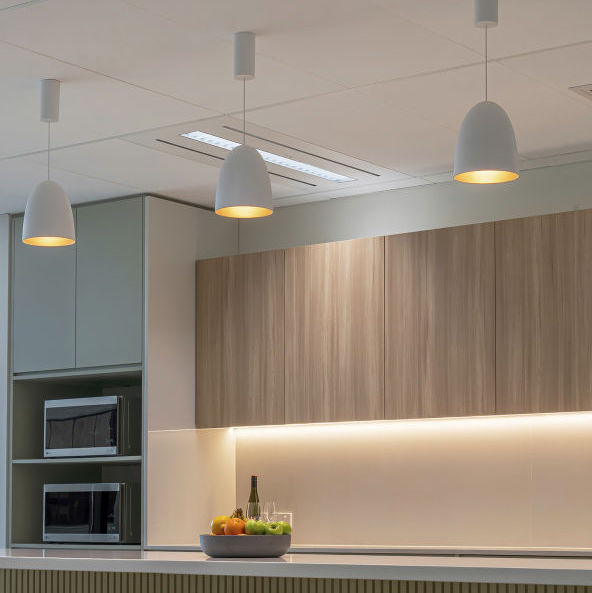
Layered lighting used in the kitchen of the HomeCo. offices.
View Project

